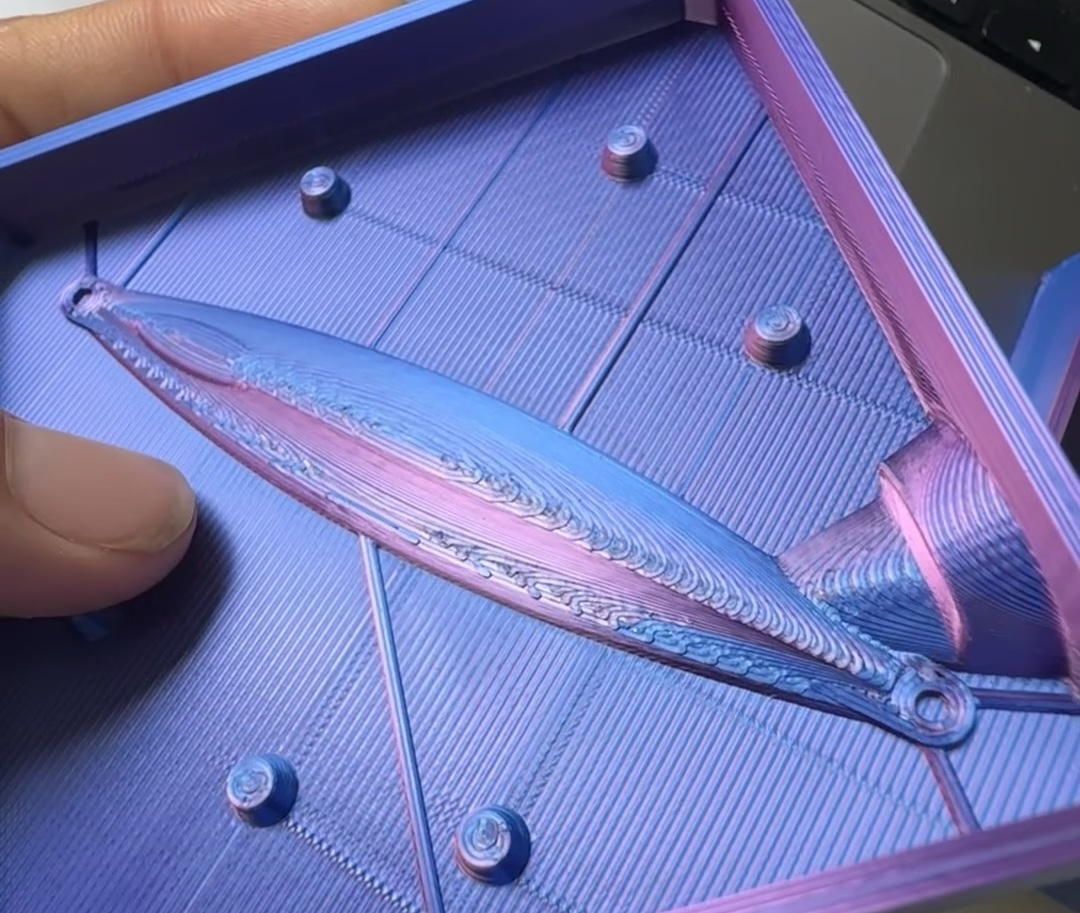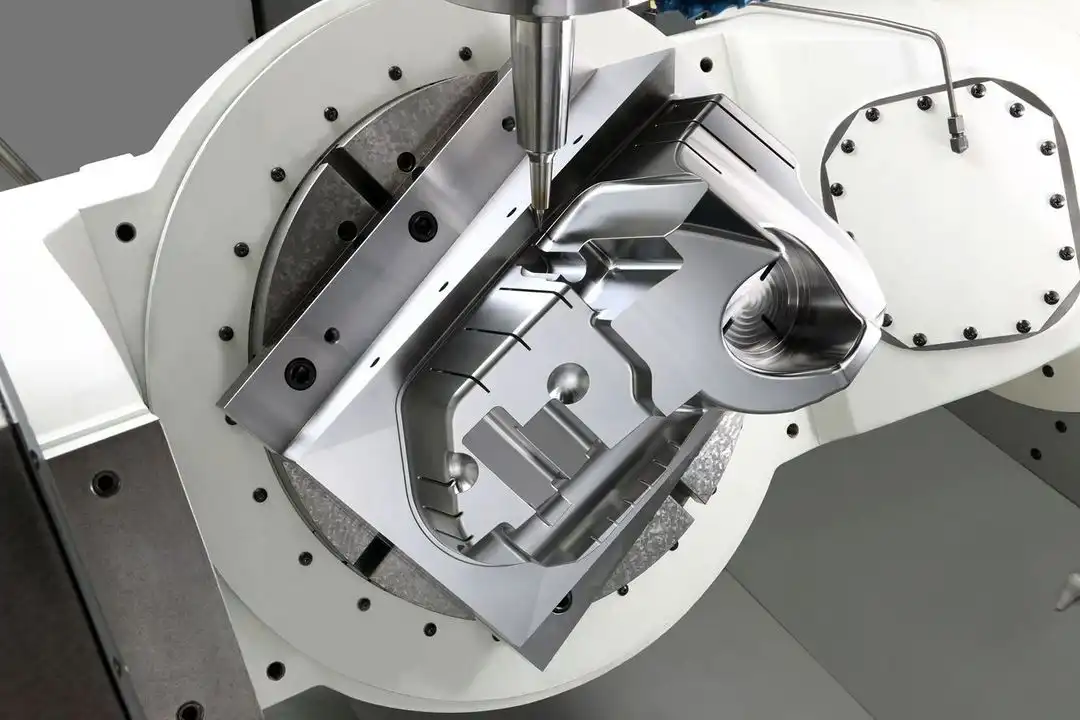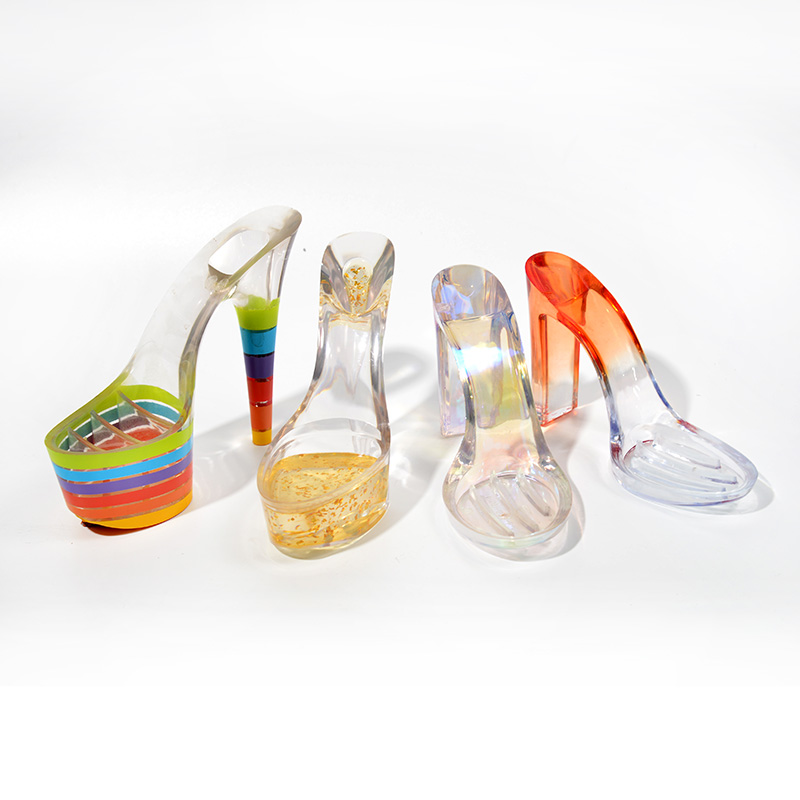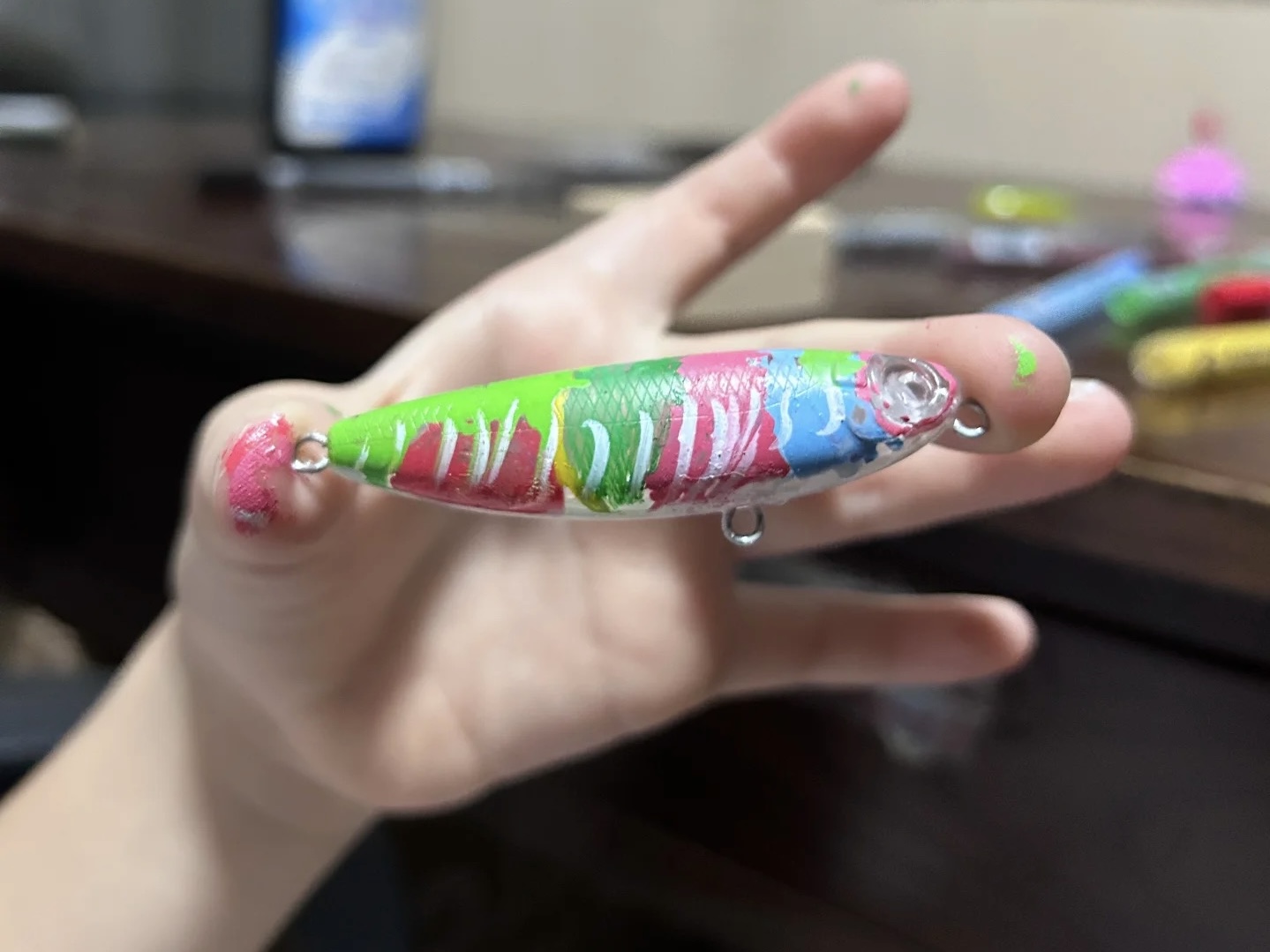First, the production trend of lure bait is analyzed.
With the globalization of fishing sports and the diversification of consumer demand, the lure industry is undergoing a transformation from “standardized mass production” to “personalized customization” and “small batch rapid production”. Behind this trend, it is not only driven by technological progress and supply chain optimization, but also a comprehensive reflection of market demand, environmental protection policies and changes in consumer psychology.

ONE: Driving factors for personalized customization of lure baits
- Diversification of consumer demand
Luya enthusiasts have higher requirements for the functionality and scene adaptability of lures. For example, seawater and freshwater fishing require lures of different materials and buoyancy, and the demand for simulation design for specific fish species (such as bass and trout) is also increasing. Personalized customization can accurately match different water environments and fish habits by flexibly adjusting the color, shape, weight and other parameters of the lure, thereby increasing the success rate of fishing. - Brand differentiation and market competition pressure
Traditional mass-produced lures are highly homogenized, resulting in frequent price wars. Personalized products can form differentiated competitiveness through unique designs or brand co-branding (such as cooperation with well-known anglers). For example, the Japanese brand Shimano occupies the high-end market through customized services, and domestic companies are also trying to achieve rapid prototyping through 3D printing technology.
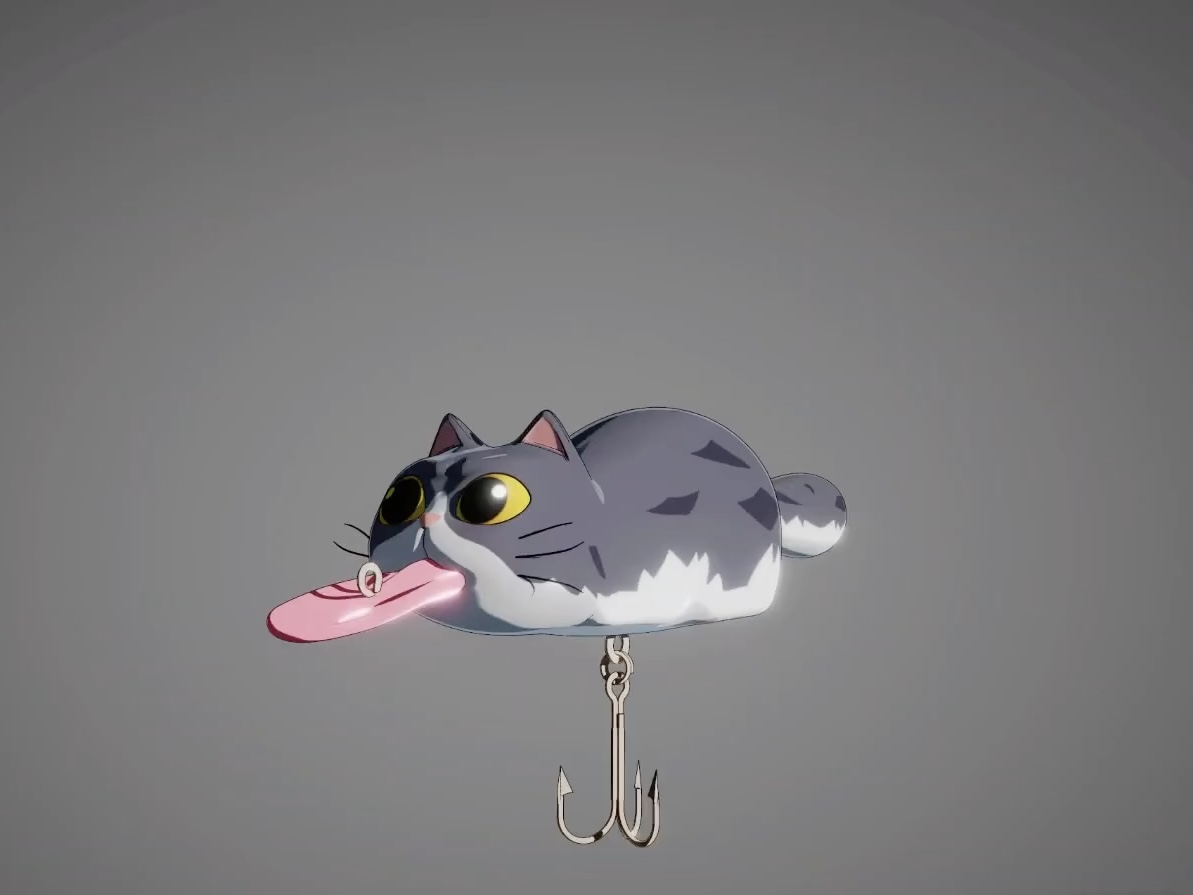
TEO: The core advantage of small batch and fast production
- Reduce inventory risk and optimize costs
Traditional mass production is prone to inventory backlogs, while flexible supply chains support on-demand production. For example, the Fingerprint Technology HICUSTOM platform shortens the production cycle to 1-3 days after order confirmation through 24-hour rapid response and “zero inventory” mode, significantly reducing storage costs. - Adapt to rapid market iteration
Fishing trends change rapidly (such as seasonal popular colors, new bionic designs), and small batch production allows companies to quickly test market reactions. For example, a brand tested the market by launching a limited edition “luminous bait” and adjusted subsequent production strategies based on feedback. - Technology empowerment and production flexibility Digital printing technology: For example, the UV digital printing machine of Chuang Saijie Technology supports plateless printing, which can directly print personalized patterns on the surface of plastic baits, breaking through the minimum order quantity limit of traditional printing. Intelligent mold system: Through modular mold design, a single production line can quickly switch between different types of baits (such as soft baits and hard baits), reducing conversion costs.
THREE:The value and market positioning of handmade products
- High degree of simulation and craftsmanship inheritance
Handmade lures have more advantages in detail processing (such as fish scale texture and dynamic balance). For example, the “bionic soft lures” made by Japanese craftsmen using hand-painting and splicing techniques can be sold at 5-10 times the price of mass-produced products, becoming a collection of high-end anglers. - Niche market and emotional added value
The scarcity of handmade lures fits the ritual needs in “fishing culture”. For example, the limited handmade metal sequins launched by the American brand Megabass have been given collection value through number certification and custom engraving, which attracts enthusiasts. - Customized service extension
Some studios provide “one-to-one design services”, adjust lure parameters according to fish activity data (such as water depth and temperature) provided by customers, and even combine AR technology to simulate underwater effects to enhance user experience.
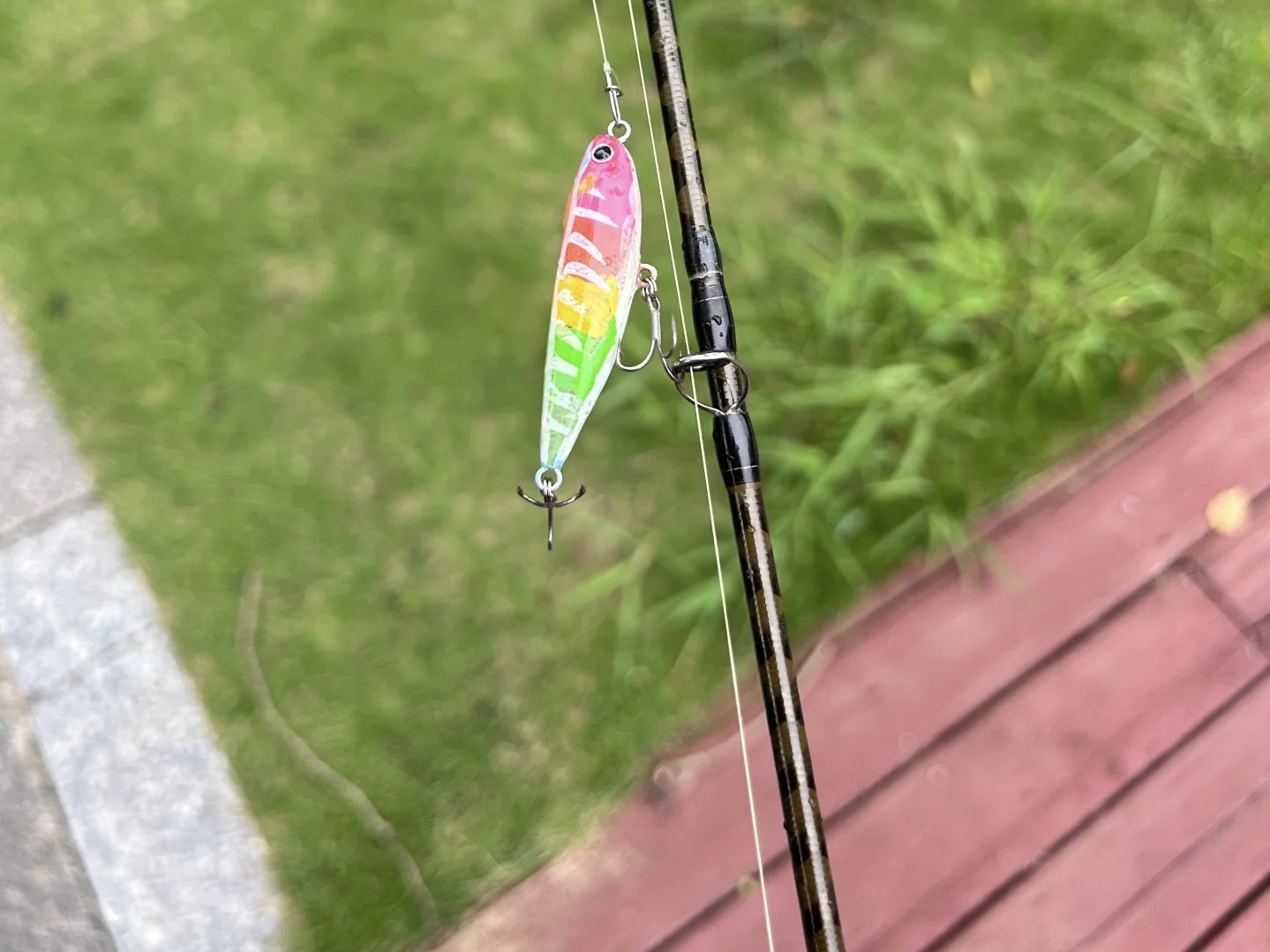
Although personalization and small-batch production have significant advantages, they still face the following challenges:
Cost control: The unit cost of small-batch production is high, and it is necessary to balance efficiency and cost through automation technology (such as AI sorting and robot injection molding).
Standardization and quality supervision: Personalized products must comply with the “Plastic Lure Product Safety Standard” to avoid quality problems caused by excessive design freedom.
In the future, with the popularization of 3D printing technology and biodegradable materials, the production threshold of personalized lures will be further lowered. At the same time, the rise of cross-border e-commerce platforms (such as Amazon Fishing Zone) provides a global distribution channel for small-batch products
